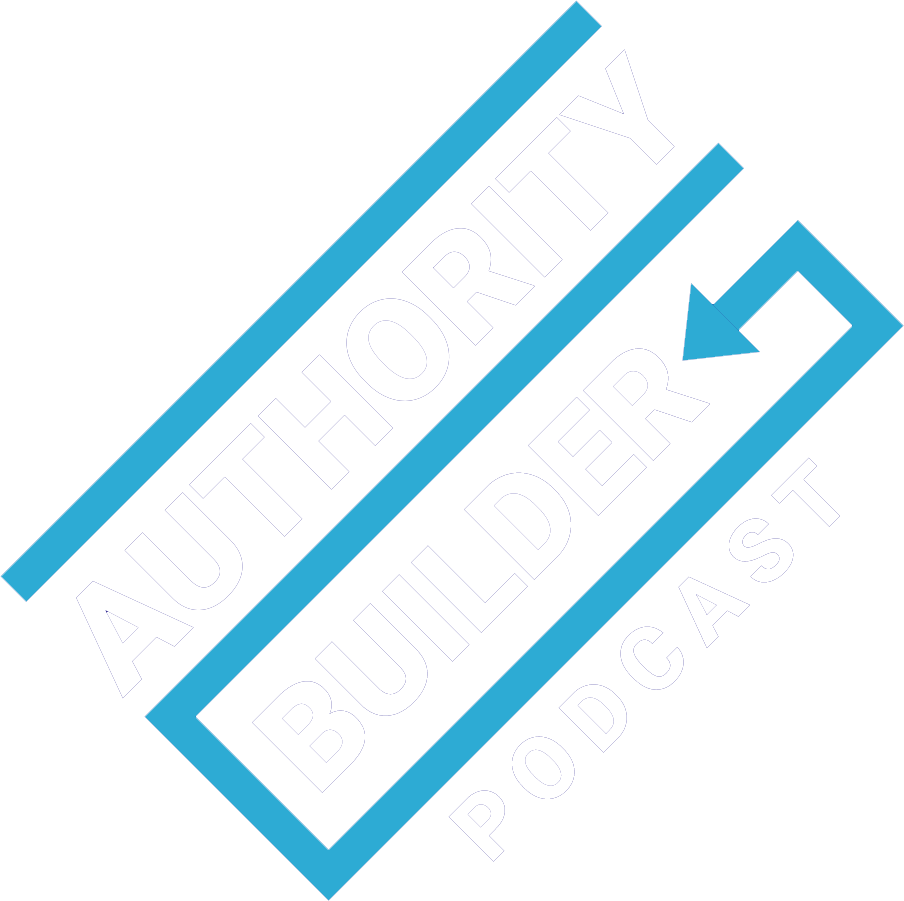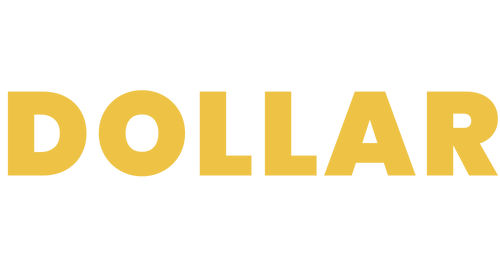As a small business, don’t let yourself become a commodity – you’ll get lost in a crowded market. Instead, to compete effectively, says Patti Mara, you must position yourself as a trusted resource and provider of not products and services – but solutions.
Patti, a business consultant and author of the new book UpSolutions, says there are key things a business must do to reach that goal. It all starts with the customer – and how you interact with them.
She says too many businesses give prospects a reason to default to the competition with the lowest perceived price instead.
We talk about what the ideal customer experience looks like (including during the ongoing pandemic), how to help your customers make “better” decisions, and more, including…
- Why you should never compete on price
- 3 things you must do to make your team more effective
- How to listen to what your customers are saying beyond the words
- Why putting profit as a secondary consideration in your business… will lead to faster growth
- And more
Listen now…
Mentioned in this episode:


